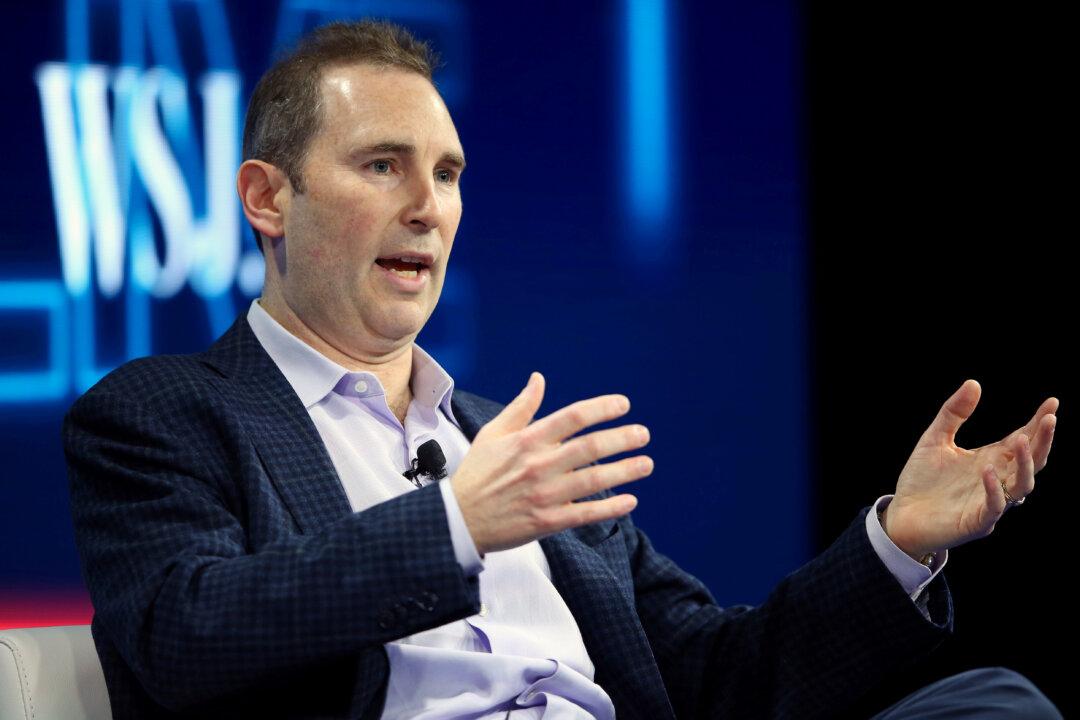Amazon is expecting employees to start working from the office, the same way they did before the COVID-19 pandemic popularized remote work across American corporations.
In a Sept. 16 memo, Amazon CEO Andy Jassy said that starting in January 2025, the company will require corporate workers to be in-office five days per week unless there are “extenuating circumstances” or unless they’ve been granted an exception by its most senior group of executives, called the “S-team.”





